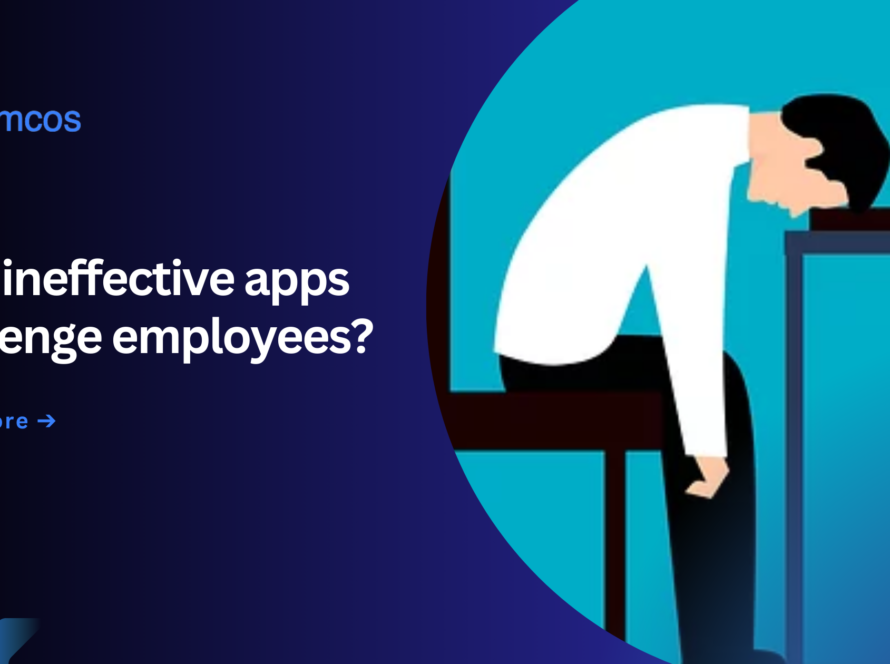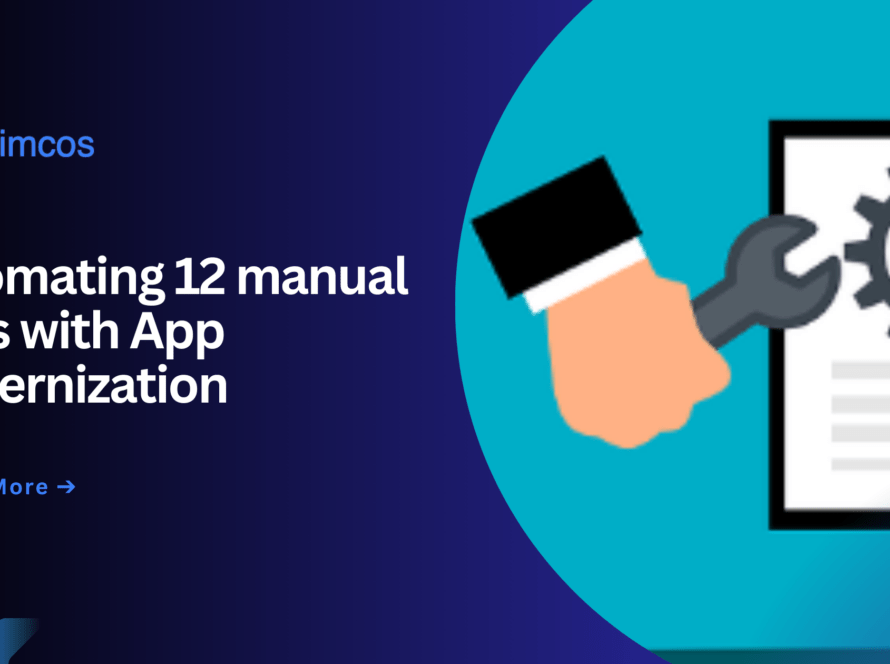In today’s fast-changing technology landscape, legacy business applications can hold back your business progress. These outdated systems, with their deprecated technology and architecture, make it hard for organizations to adapt to new business demands and bring security and operational problems. The simple answer to this problem is Business Application Modernization.
Sudden Disruptions in industry makes an application outdated within seconds. In such a scenario, impacted companies who have already invested a lot in R&D of their apps and delivered highly efficient applications need urgent attention and prompt updates. Building from scratch or going out in the market to purchase a new one is not the only option. Business App Modernization with urgent as well as regular updates is the key to staying competitive.
Keeping your business app up to date helps it stay relevant and competitive in today’s ever-changing tech world
Table of Contents
Modernisation and Replacement
Modernization is not meant to be a replacement. When talking about application modernization, we are talking more about the need for updating and fine-tuning the already-built application infrastructure rather than creating anew system meant to replace the old one.
Modernization maximizes application investments by increasing scalability, security, and functionality. It usually identifies value areas that include scalability and user experience in the core functionality of the existing application; therefore, the approach is pragmatic by minimizing disruption, thus maximizing longevity, as well as keeping software assets up-to-date with contemporary business needs and technological changes, without the risks associated with the total replacement.

A data for the year 2018 shows that, a whopping 78.5% of the IT budget of the US Federal Government was put into mere maintenance of the existing legacy software. About 20% was used for development and modernization purposes. Technical debt and outdated technologies act as considerable inhibitors for growth in an organization, which can lead to potential losses. The application modernization presents a solution to this problem.
However, being oblivious to the new trend in app modernization would only lead to nonsensical changes, drained budgets, and unenthusiastic workers. Thus, by knowing what is available and making appropriate investment decisions using accurate information and statistics, it’s possible to maintain a strategic advantage in business and push business growth forward.
A few of the technology trends worth being watched are sure to shape a pathway toward a better future in application modernization – AI and Machine Learning Integration, low-code/no-code development, Cloud-native Architectures, and focus on UX and security-first mindset.
1. AI and Machine Learning Integration
Artificial intelligence and machine learning will play a critical role in business application modernization. They would enable intelligent automation, predictive analytics, and personalized user experience. Businesses will deploy AI and ML capabilities in modernized applications to optimize processes, derive insights, and improve the basis of decisions.
2. Low-Code/No-Code Development
This is going to happen, Gartner projects that by 2025, 70% of all new apps will be built with low-code or no-code tech, up from 25% in 2020. The low-code application platform market size will reach $32 billion by 2024, up from $22.5 billion in 2022. A low-code/no-code development platform revolution could democratize the application development process, allowing business users and even citizen developers to create and customise applications with minimal coding knowledge.
These platforms will accelerate the adoption of application modernization because nontechnical users can rapidly prototype, iterate, and deploy new solutions.
3. Cloud-native Architectures
The impulse for cloud-native architectures will continue to accelerate. Driven by requirements for greater scalability, agility, and cost efficiency, businesses will increasingly adopt containerization, microservices, and server less computing as they seek to modernize their applications and unlock true benefits from cloud-native development and deployment models.
4. User Experience (UX)
User Experience (UX) will be more of the differentiator in business application modernization strategies, as making applications more engaging and personalized for end-users will become key. Businesses will invest in modernization for application interfaces, workflow optimization, and putting in design thinking principles to enhance user satisfaction and drive adoption.
5. Security-First Mindset
Security shall continue to be at the forefront of business application modernization with organizations looking at applications from a security-first perspective to address emerging cyber threats and compliance risks. Business houses will integrate security controls, mechanisms for encryption, and identity and access management solutions into modernized applications to protect sensitive data and prevent unauthorized access as well as breaches.

What does Himcos helps ?
At Himcos, we see how Modernizing apps is reshaping today’s businesses. We talked about different future trends for the same.
Our approach to updating these apps involves addressing outdated features, upgrading code to modern standards, and aligning changes with the app’s objectives.
Ready to revitalize your business app? Connect with our strategists today.



